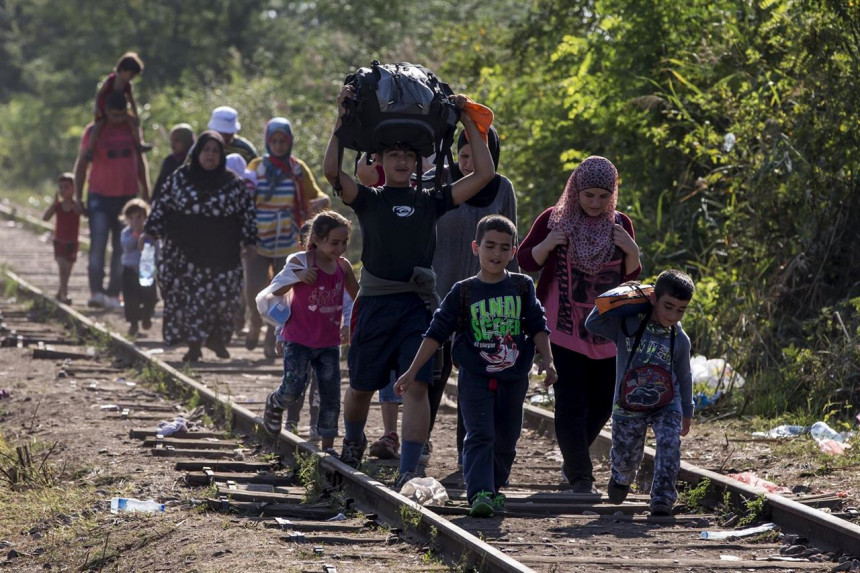
For political movements and media contrary to the reception of refugee, there is great interest in talking about a generalised form of "migration crisis" and "migrants". The UN High Commissioner for Refugees (UNHCR) defines refugees as those fleeing "to save their lives or preserve their freedom." The International Organization for Migration (IOM) qualifies as a migrant all those who move from their countries by "personal convenience" and as a result of a decision made freely. The main NGOs and UNHCR insist on the difference in legal terms between these two words. UNHCR uses the term "refugee" to describe people fleeing conflict and persecution; and the word "immigrants" for those simply seeking to settle in a new country. Refugees have the right to asylum, migrants no.
The distribution of refugees worldwide
Armed conflicts are the main cause of forced displacement. This fact determines the origin of the refugees today. According to UNHCR data, in 2014 the people who have fled their countries due to war has reached a record 59.5 million compared to 51.2 last year, 45.2 in 2012 and 37.5 million in 2005. Within the EU itself, the differences between countries are very significant, suggesting a two-speed Europe in terms of receiving refugees and granting asylum is concerned. Sweden has the largest number of refugees per capita in Europe (between 2012 and 2014 they hosted 179,447 petitioners, more than the 160,000 proposed by the Commission for the whole EU in two years). While Sweden only rejected 23% of asylum applications presented in 2014, Hungary denied 91%, France 78%, and 61% in the UK. It is in the most restrictive countries where the right to asylum is threatened. Only a week ago the British Interior Minister, Theresa May announced plans to "limit the right of asylum."
The international legal framework of the right to asylum
The right to asylum is regulated internationally by:
? The Universal Declaration of Human Rights which states in Article 14 that "in case of persecution, everyone has the right to seek asylum, and to be so accorded, in other countries";
? The Charter of Fundamental Rights of the European Union, which in Article 18 guarantees the right of asylum, referring to respecting the Geneva Convention and Protocol Relating to the Status of Refugees. Article 19 holds that no person may be returned to their country of origin if they are at risk of persecution or torture or the death penalty;
? The European Convention on Human Rights, which is legally binding on all EU Member States;
? The Convention relating to the Status of Refugees of 1951, intended to protect European refugees after World War 2. Over 140 countries have signed and are bound to compliance. This ensures the protection of "anyone who, owing to a well-founded fear of persecution for reasons of race, religion, nationality, membership of a particular social group or political opinion, is outside the country of their nationality and is unable or, owing to such fear, is unwilling to avail himself of the protection of that country." In Article 3, it prohibits any discrimination when receiving refugees.







